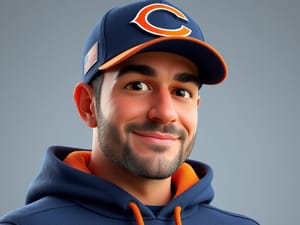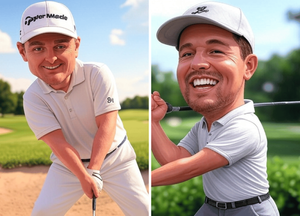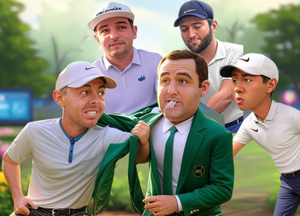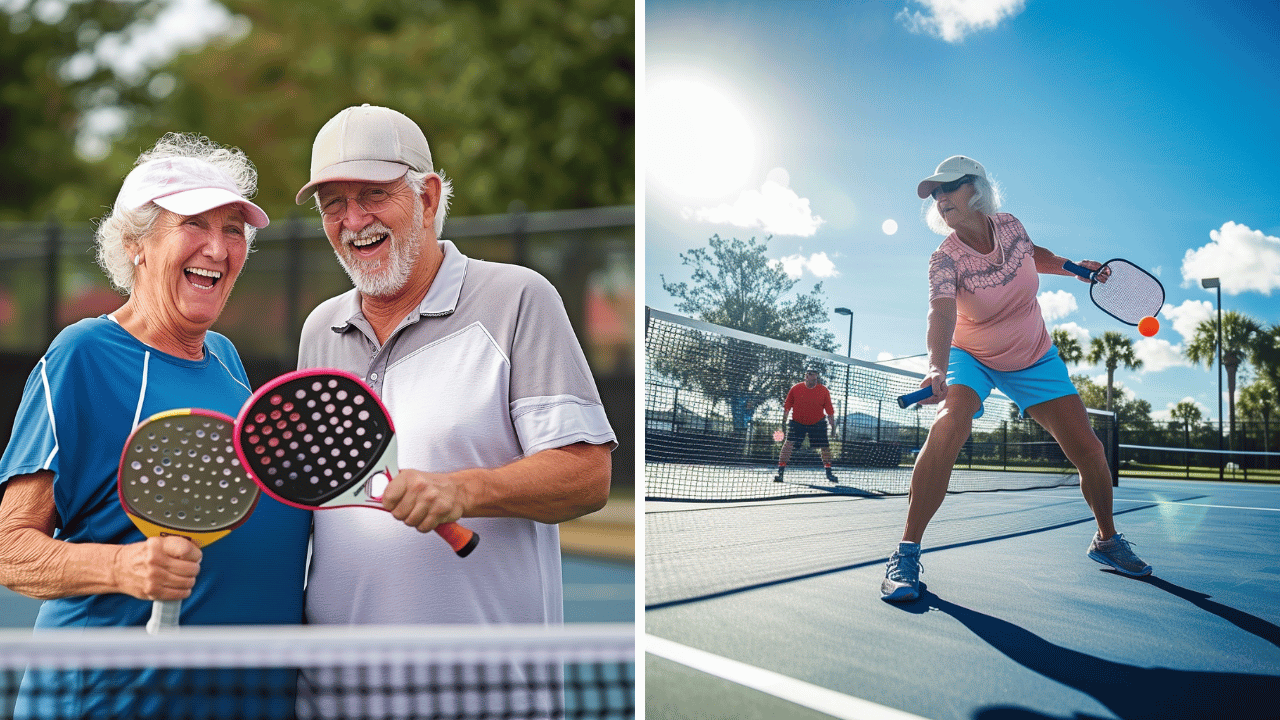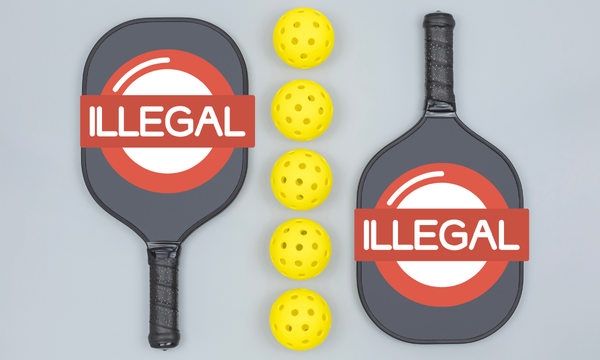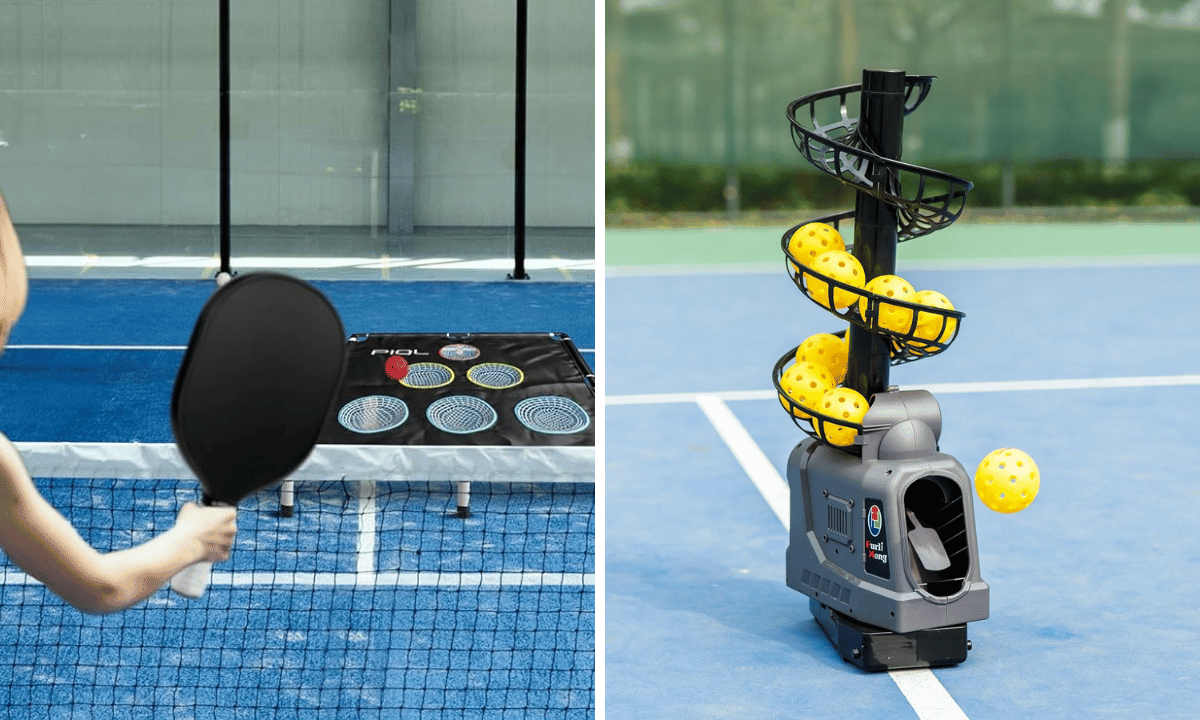Key Takeaways:
- Understand the fundamental rules and scoring system of pickleball to enhance your gameplay.
- Learn the correct techniques for serving and the strategic positioning in doubles play.
- Familiarize yourself with the double bounce rule and non-volley zone to avoid common faults.
Pickleball, a paddle sport that combines elements of badminton, tennis, and table tennis, has surged in popularity due to its fun nature and accessibility. Whether you're a beginner looking to understand the basics or an intermediate player aiming to refine your skills, this guide provides detailed pickleball instructions to get you playing confidently and competitively.
Understanding the Pickleball Court Layout
A standard pickleball court is a rectangle 20 feet wide and 44 feet long, including lines for the non-volley zone, often called the kitchen, located 7 feet from the net on each side. Knowing the court layout is crucial as it influences the rules of the game, particularly the serving and volleying strategies.
The Basic Rules of Pickleball
Pickleball rules might seem daunting at first, but they're quite straightforward once you get the hang of them. Each game starts with a serve that must be hit underhand and each serve must travel diagonally across the court to the opposite service court. The server continues serving until a fault occurs, switching from one side of the court to the other with each point won.

🚨 👉🏻 Follow us on Youtube at https://www.youtube.com/@SwagScaleSports
1st 1000 subscribers on our Youtube Channel and Website Will get our Fantasy Football Rankings and Cheat Sheet Free!
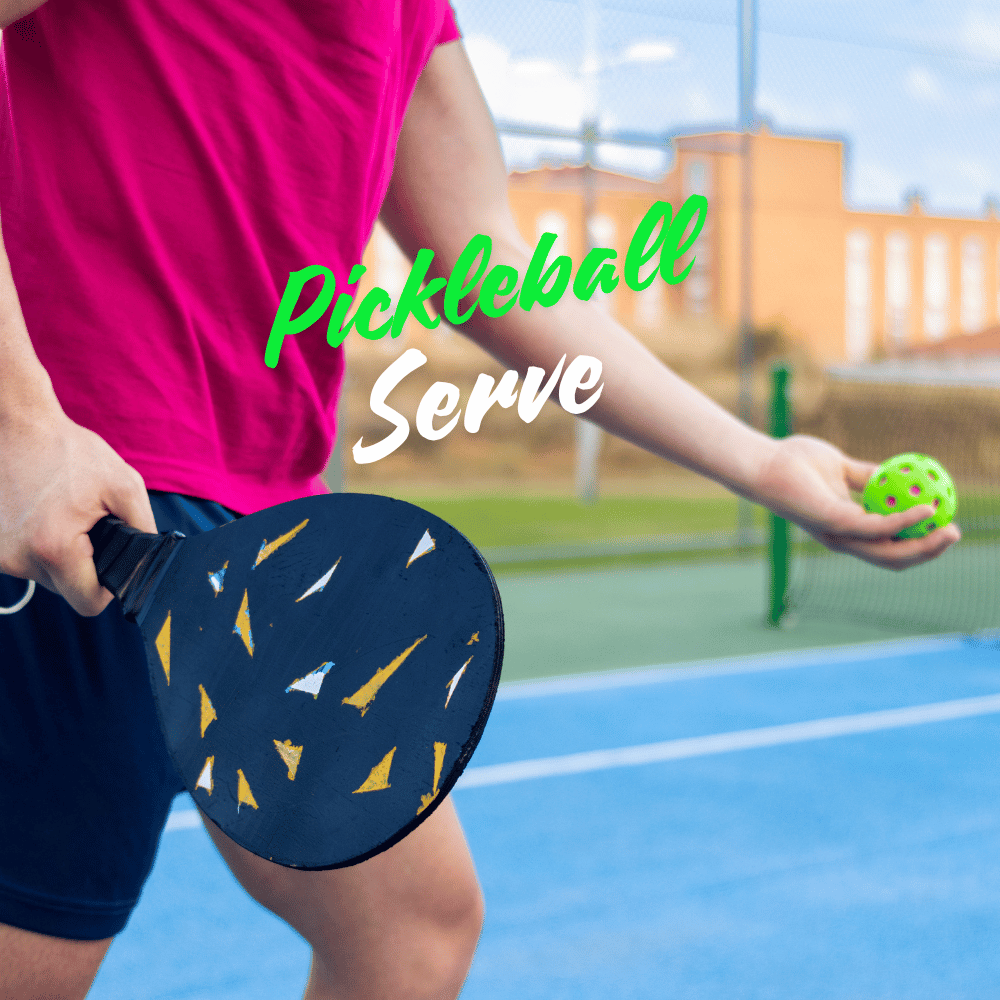
Serving in Pickleball: Techniques and Rules
Serving is a fundamental skill in pickleball, and understanding the concept of the 'first serve' is crucial as it signifies the beginning of the game in doubles matches. The serve must be underhand with the paddle below the waist, and the ball must be hit in the air without bouncing.
The serve initiates the point and sets the tone for the rally. The serve must pass the non-volley zone and lands in the diagonal service court. In doubles matches, after the first server has been served, the 'second server' role comes into play, further emphasizing the strategic importance of serving order.
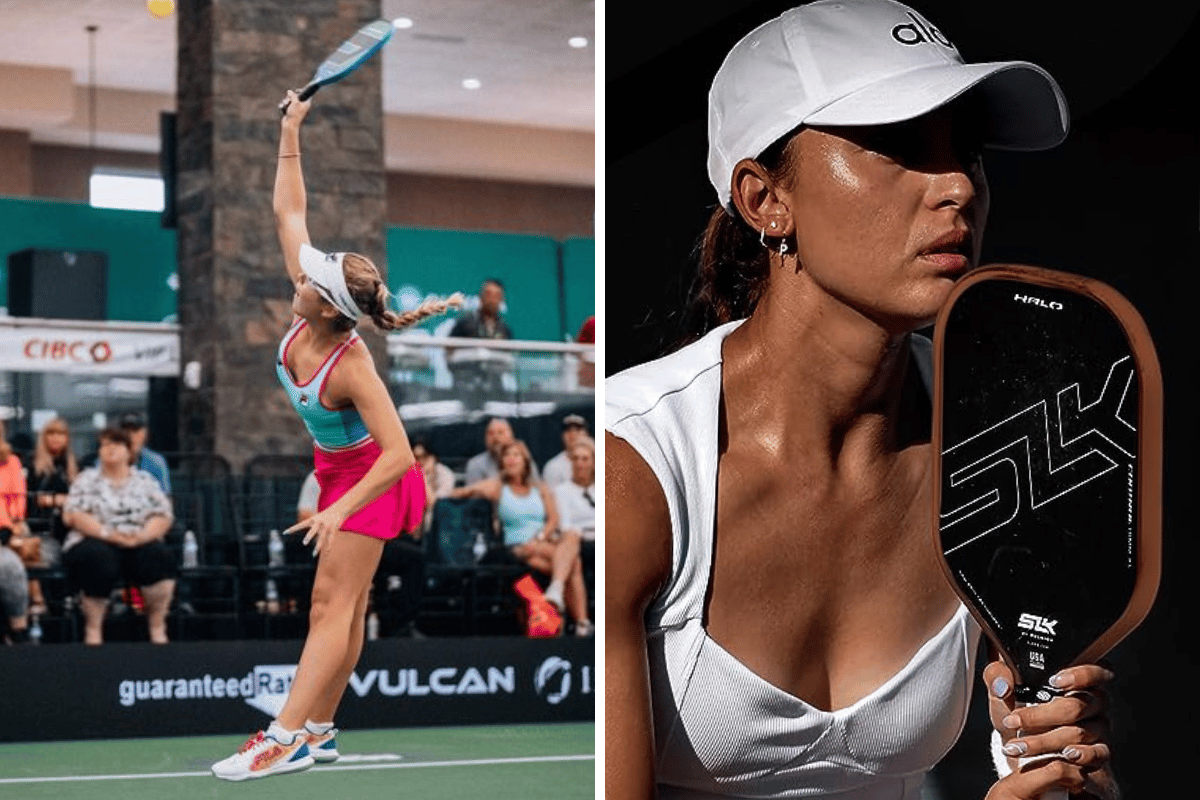
The Double Bounce Rule
One of the unique aspects of pickleball is the double bounce rule. After the serve, the ball must bounce once before the receiving team can return it, and then it must bounce again before the serving team can hit it. This rule encourages longer rallies and strategic play.
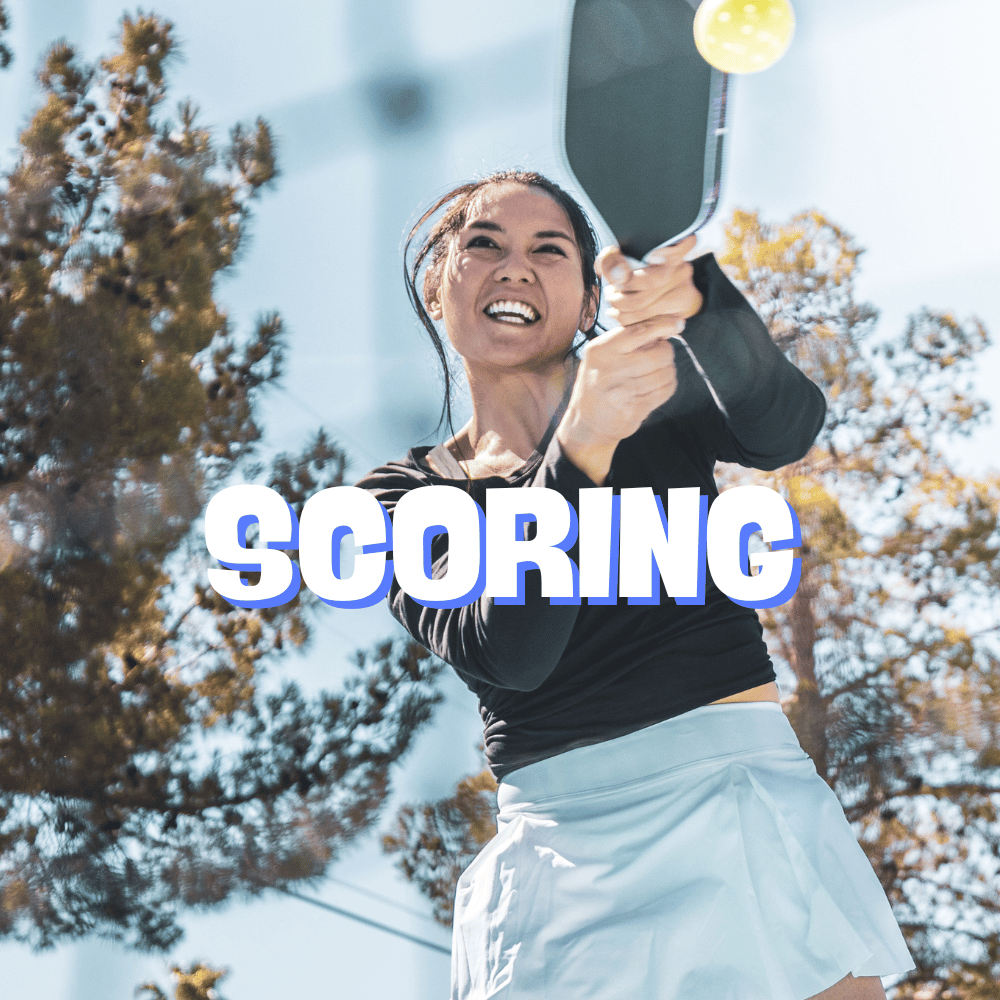
Scoring in Pickleball
Scoring in pickleball can confuse beginners because the serving team is the only one to score points. The game is typically played to 11 points, and a team must win by at least two points.
When announcing the score, the serving team's score is stated first, then the receiver's score, emphasizing the specific order of the score announcement. Understanding when and how points are scored, including the significance of the score announcement order, is crucial for strategic play.
The Non-Volley Zone
The non-volley zone, or the kitchen, is a seven-foot area on either side of the net where players are not allowed to volley the ball (hit it in the air). Players must let the ball bounce once if they are within this zone. Mastery of playing around the non-volley zone is essential for both defensive and offensive strategies.
Optimizing Your Serve in Pickleball
When stepping onto the pickleball court, the serve sets the tone for the game. A well-executed serve can put the opposing team on the defensive right from the start. The server must stand behind the baseline, ensuring at least one foot does not touch the line until after the ball is struck. The serve is made diagonally across the court and must clear the non-volley zone, including the line.
This initial move in pickleball is crucial as it transitions the server from a position of initiating play to defending their side of the court. Understanding the role of the first server in doubles matches is essential, as it involves strategic elements like the rotation of the first server, the First-Server Exception rule 4.B.6, and the requirement to state the server number when calling the score, all of which significantly impact the game's fairness and balance.
The serving sequence in pickleball adds a strategic layer to the game. Each player on the doubles team gets a chance to serve before the service passes to the opposing team, except at the beginning of the game where the first-serving team starts with only one partner serving.
If the server wins the point, they move to the opposite side of their service court and continue to serve until a fault occurs. This rotation continues, keeping the receiving team guessing and trying to adapt to the server’s style and strategy, which can be a game-changer.
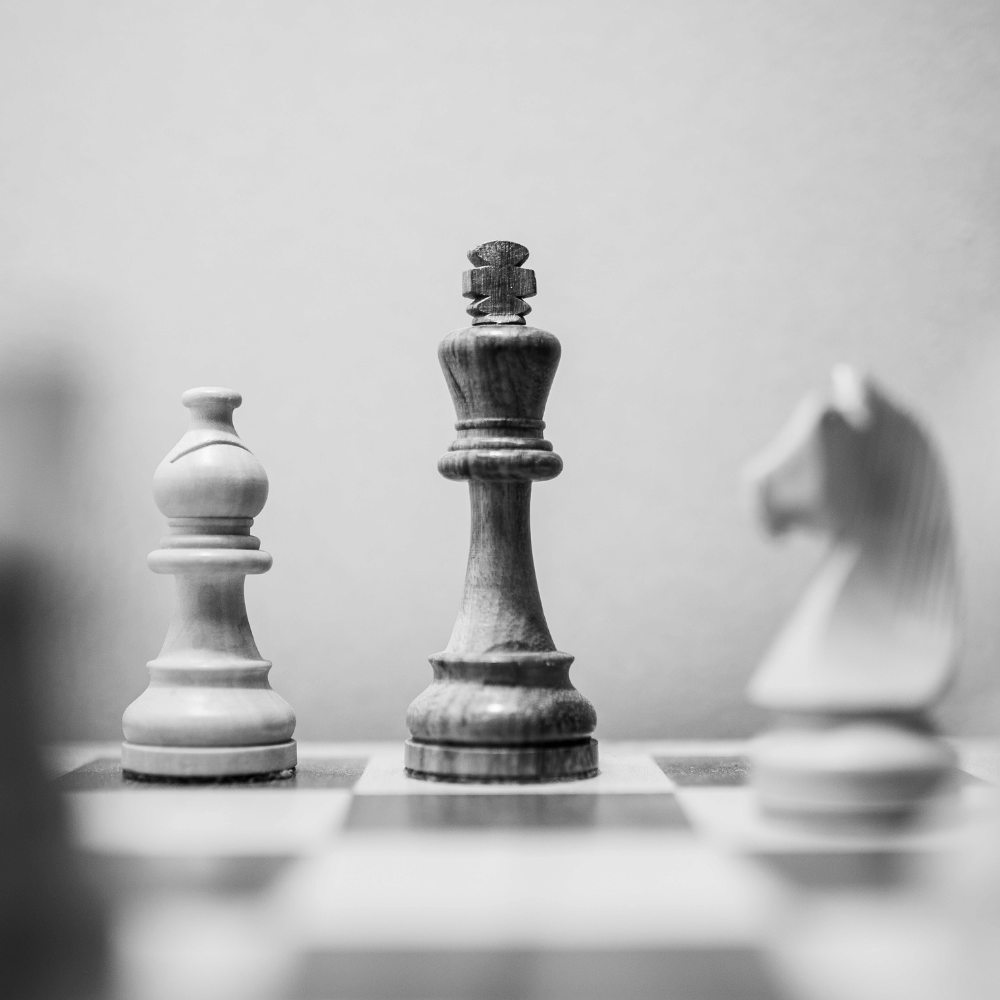
Enhancing Your Pickleball Serve Strategy
When stepping onto the pickleball court, the serve sets the tone for the game. A well-executed serve can put the opposing team on the defensive from the get-go. The key is to serve the ball diagonally across the court, ensuring it lands in the correct service court without touching the non-volley zone line.
This initial move is crucial as it's the only part of the game where you have total control over the ball without interference from the other team. By mastering a variety of serves, such as the drop serve or a power serve, you can keep your opponents guessing and on their toes.
The serving sequence in doubles pickleball adds a layer of tactical depth. Each team gets only one serve attempt per team member before the ball is handed over to the opponents, except for the first serving team at the beginning of each new game, which has only one partner serving.
This rule nudges teams to strategize effectively; deciding who serves first can influence the game's momentum. For instance, starting with a strong server can pressure the opposing team early in the game, potentially leading to early score gains that set up the serving team for success.
Mastering the Two-Bounce Rule in Pickleball
The two-bounce rule is a unique aspect of pickleball that adds a twist to the flow of the game. After the serve, the ball must bounce once on the receiving team's side, and then again on the serving team's side before volleys can begin.
This rule ensures that the game is accessible and rallies last longer, which sharpens players' reflexes and strategic thinking. It prevents the serving team from gaining an overwhelming advantage by rushing the net too early, thus maintaining a balanced playfield where skill and strategy take the forefront.
Understanding and leveraging the two-bounce rule can significantly enhance a player's game. For beginners, it's a safety net that allows more time to react and plan the next move. For advanced players, it's an opportunity to set up strategic plays that can outmaneuver the opponents.
By forcing players to let the ball bounce, this rule encourages more groundstrokes and a thoughtful approach to when and how to advance to the net. This not only makes the game more exciting but also more inclusive, as players of varying skill levels can find ways to compete effectively.

Mastering the Double Bounce Rule
The double bounce rule is a unique and pivotal aspect of pickleball that beginners must grasp to transition into seasoned players. This rule mandates that the ball must bounce once on each side before volleys are allowed.
This means after the serve, the receiving team must let the ball bounce before returning it, and similarly, the serving team must also let it return bounce before playing it back. This rule effectively slows down the game, giving players a brief moment to set up their next move and strategize.
Understanding and leveraging the double bounce rule can significantly influence the flow of the game. For instance, a serving team can use a deep serve to push the opponents back to the baseline, making it challenging for them to return a strong shot due to the mandatory bounce.
Conversely, the receiving team can anticipate this and position themselves to take advantage of a less aggressive return. Mastery of this rule not only prevents faults but also sharpens a player's ability to control the pace and momentum of the game.
Faults in Pickleball
Faults in pickleball occur for various reasons such as hitting the ball out of bounds, not clearing the net, or volleying in the non-volley zone. Understanding what constitutes a fault and how to avoid them is key to maintaining the flow of the game and reducing unforced errors.
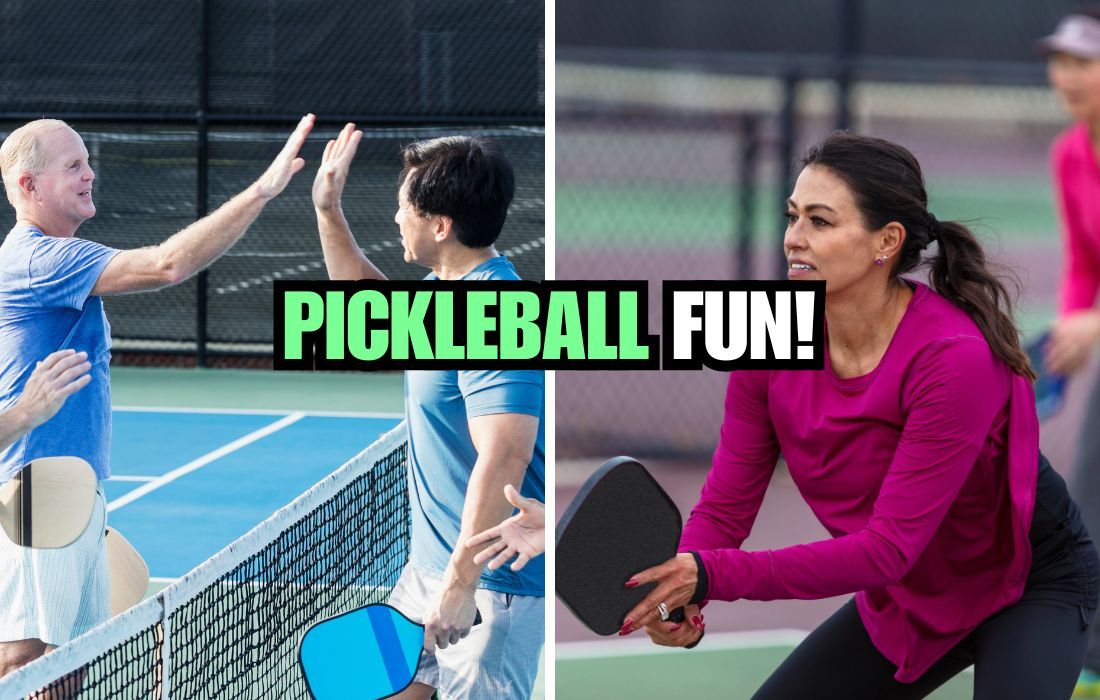
Pickleball Doubles Strategy
Playing doubles in pickleball requires coordination and communication with your partner. Positioning and role division are critical, with one player typically handling shots down the line while the other covers diagonal shots. Effective teamwork is essential for controlling the court and outmaneuvering opponents.
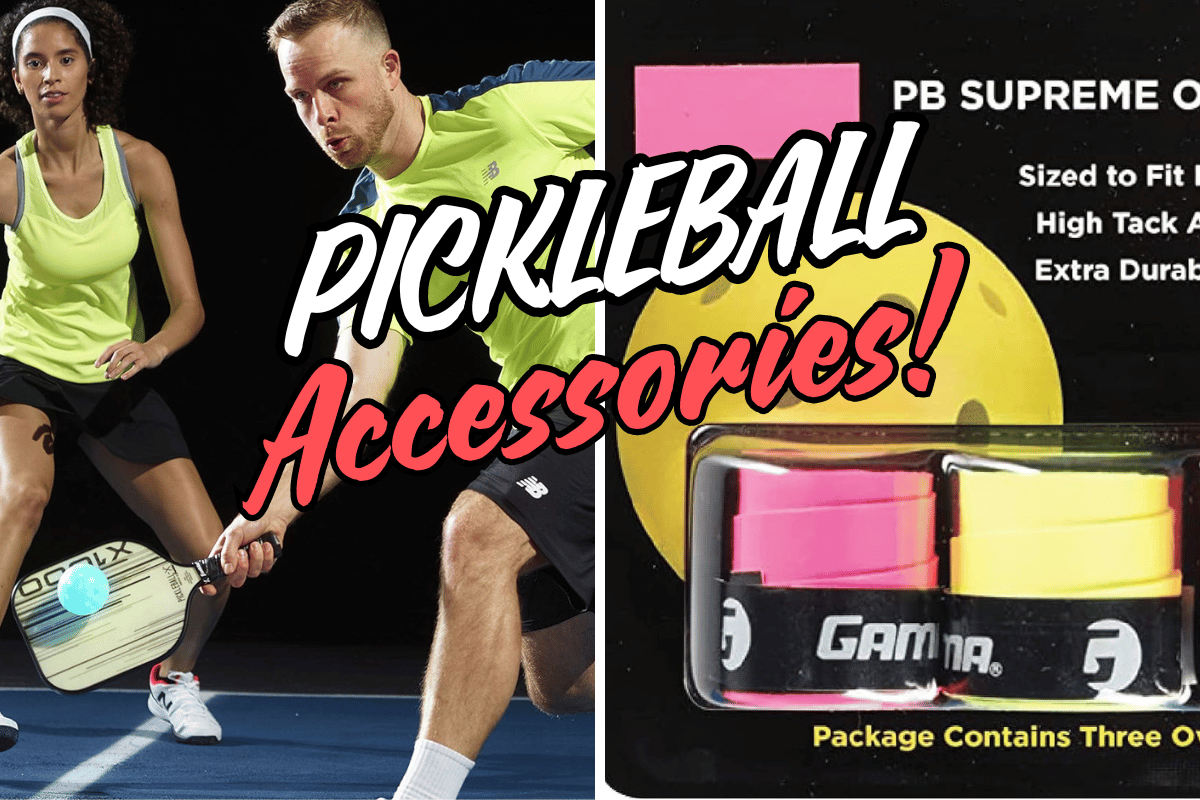
Advanced Serving Techniques
As players become more comfortable with basic serving, they can explore advanced techniques like the drop serve or power serve. These serves add variety and complexity to the game, making it harder for opponents to predict and return the ball effectively.
Effective Ground Strokes and Volleys
Ground strokes and volleys are offensive strategies that can help players gain a competitive edge. Developing a strong forehand and backhand, along with practicing different volley techniques, can significantly improve your game performance.
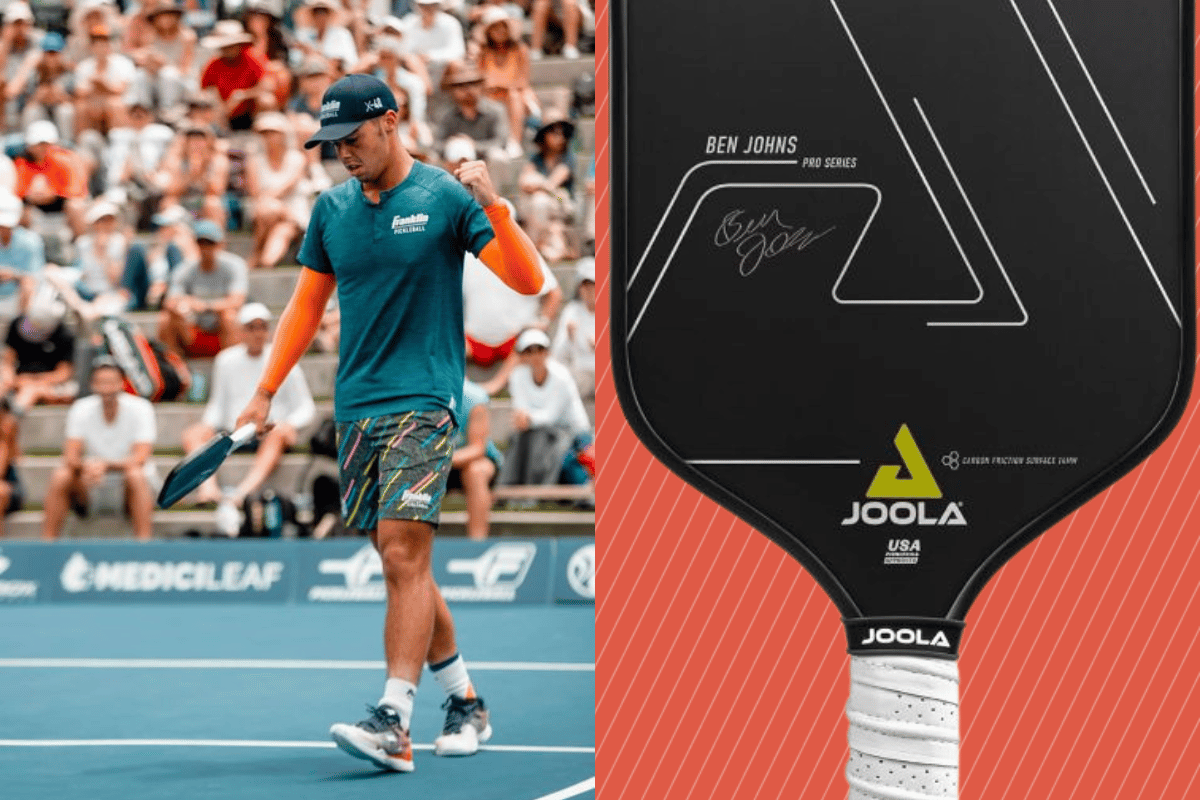
Tournament Play and Official Rules
For those interested in competitive play, understanding the official rules and tournament regulations is crucial. This includes everything from proper attire and equipment to specific rules about timeouts and player conduct.
Practicing and Improving Your Game
Consistent practice is key to improving your pickleball skills. Drills focusing on serving, volleying, and strategic game play can help elevate your performance. Playing against higher-level players can also provide valuable learning experiences.
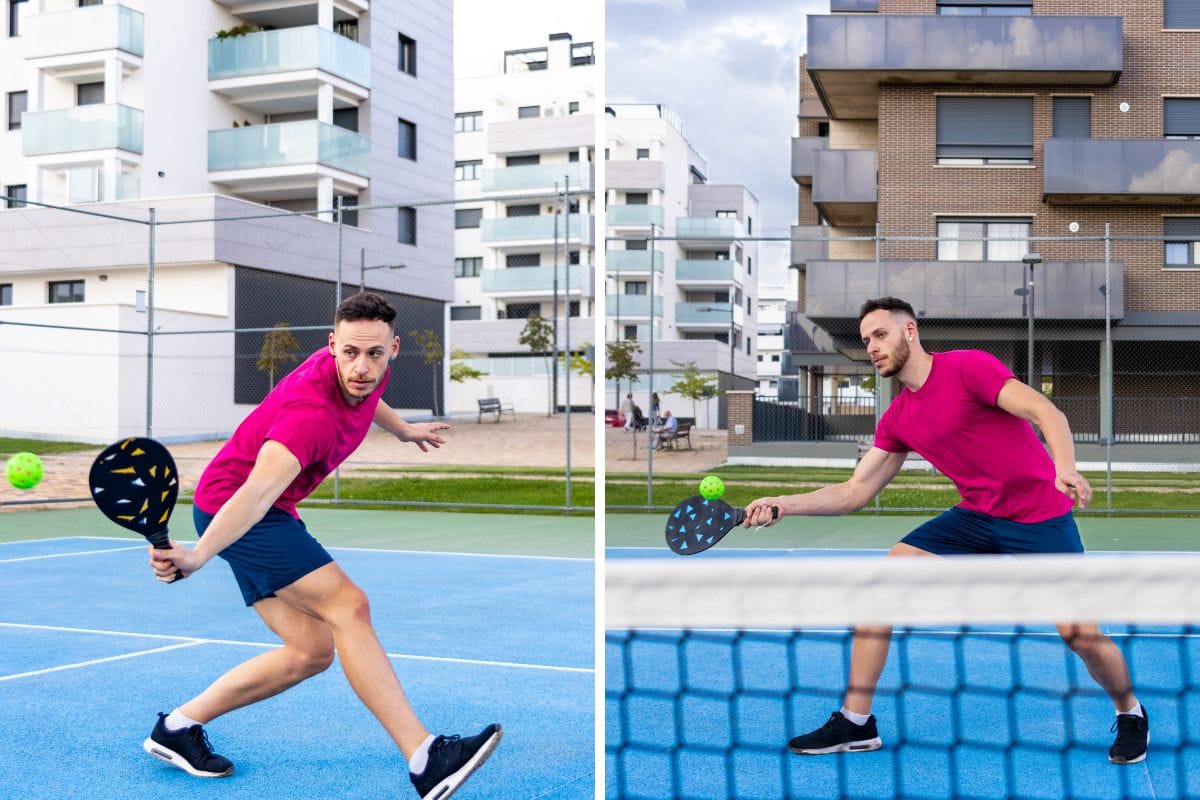
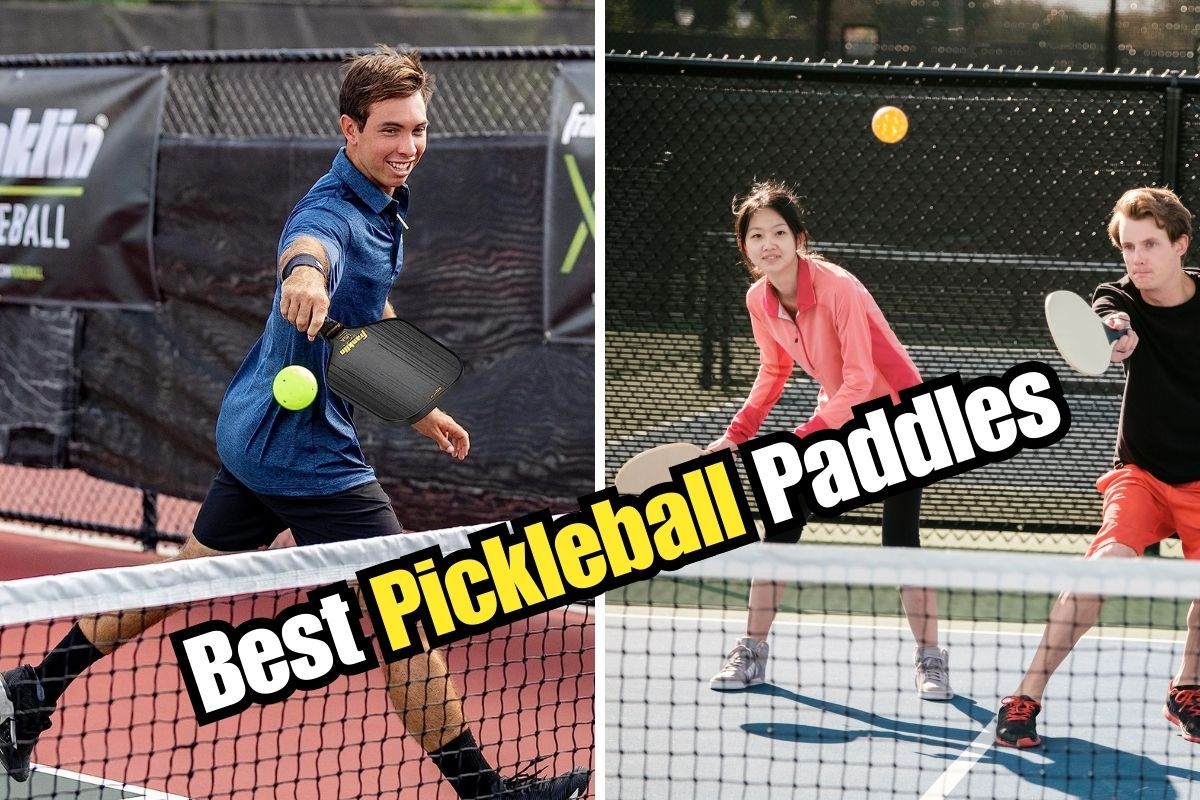
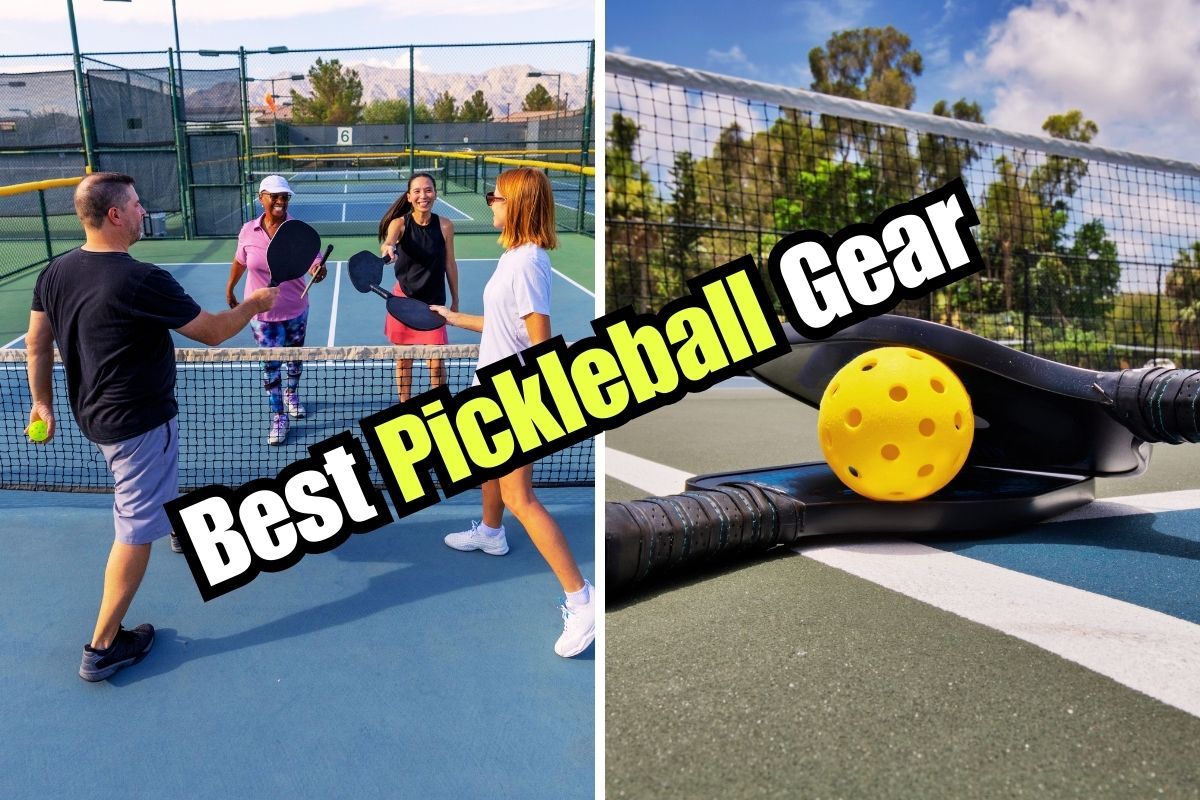
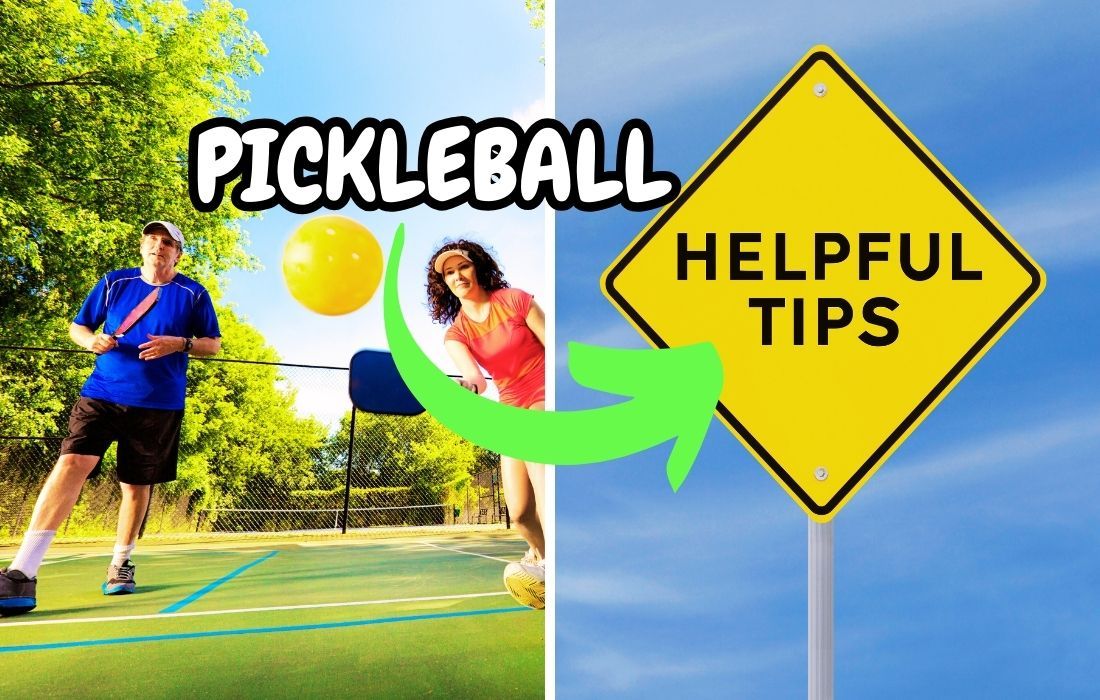
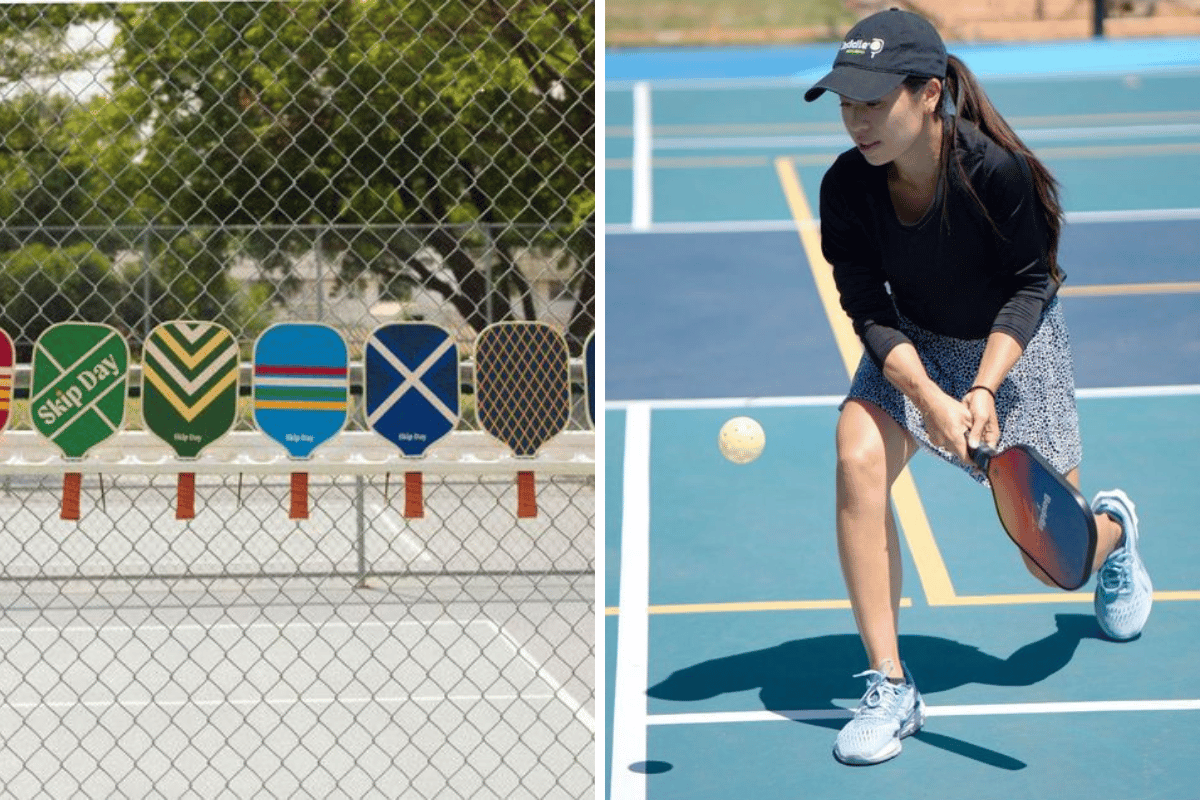
Swagscale Summary
Pickleball is a dynamic sport that combines physical skill with strategic thinking. This guide covers essential pickleball instructions from understanding the basic rules and court layout to mastering serving techniques and scoring. Whether you're a novice or an experienced player, these insights will help you enjoy and excel in the game of pickleball.
Your pickleball Guru,
Kim
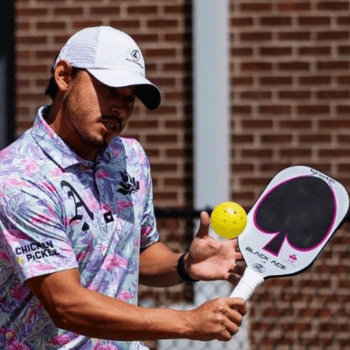
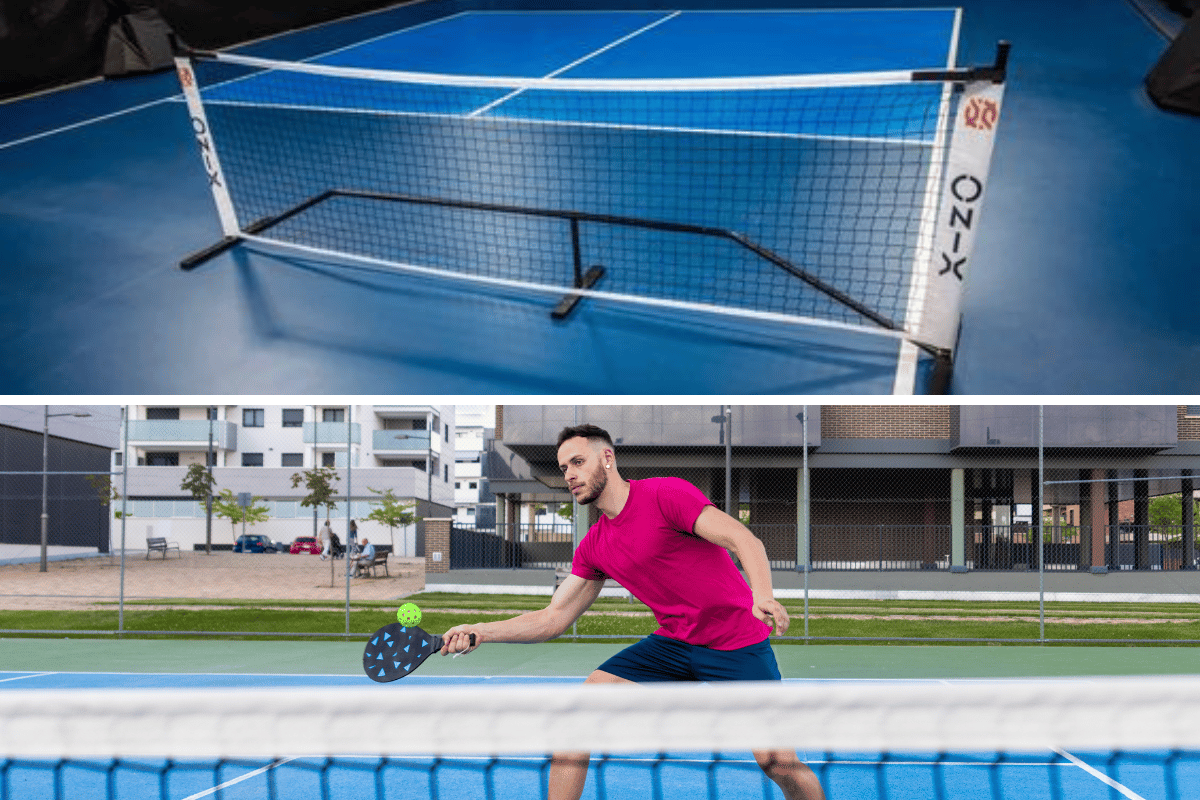
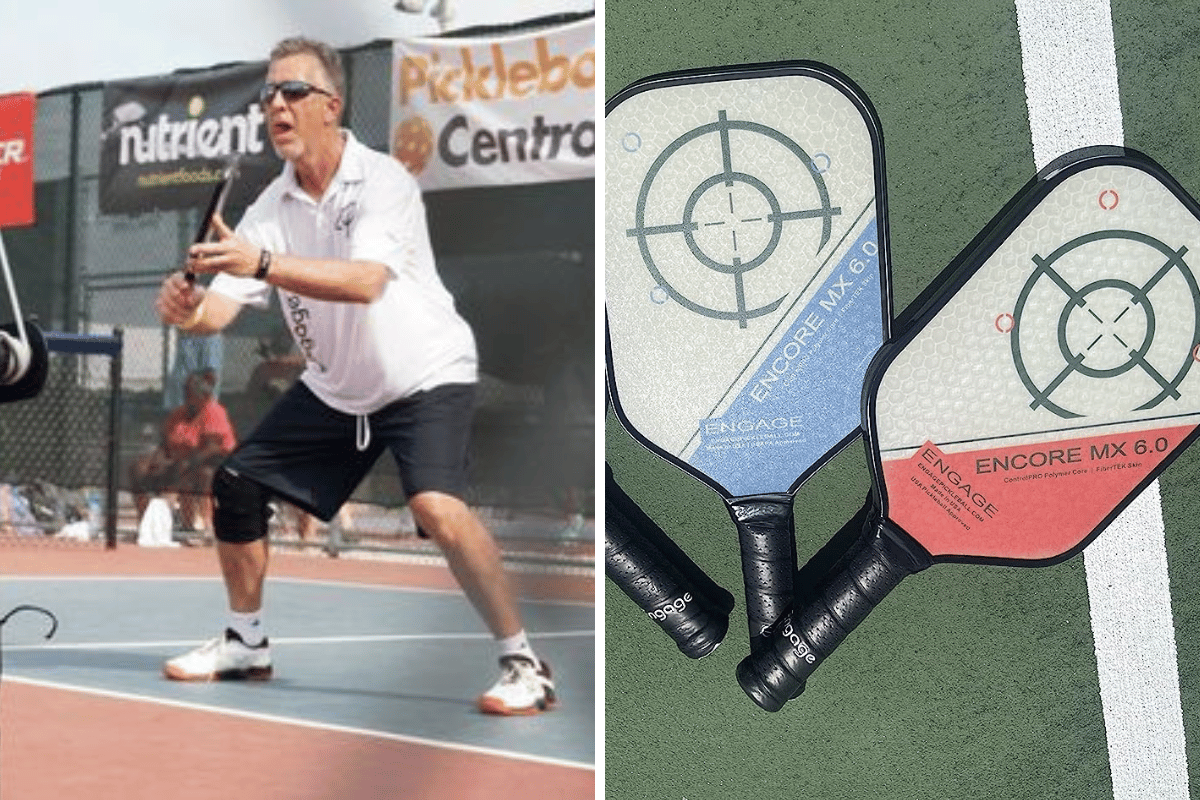
'

FAQ
What is the best strategy for beginners to improve their pickleball game?
Beginners should focus on mastering the basic rules, particularly the serving and double bounce rule. Practicing serves and returns consistently will also build a solid foundation for more advanced strategies.
How can I avoid faults in pickleball?
To avoid faults, ensure you serve correctly, stay out of the non-volley zone unless the ball bounces, and keep the ball within the court boundaries. Awareness and control are key factors in minimizing faults.
Are there specific drills to enhance my volleying skills in pickleball?
Yes, practicing drills that focus on netplay, such as volley-to-volley exchanges and drop volleys, can significantly improve your reaction time and accuracy in the non-volley zone.

